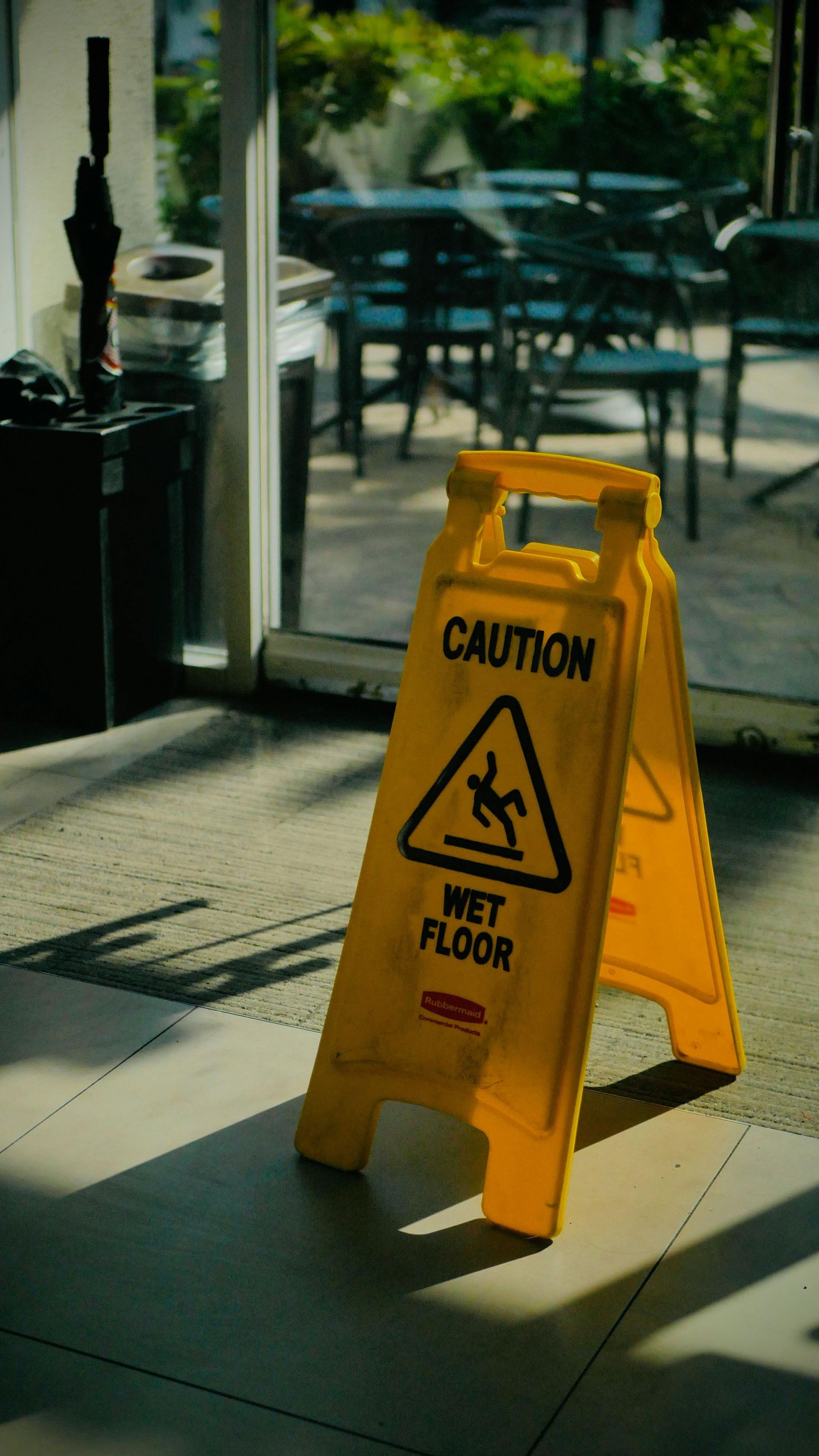Individualized Legal Counsel Focused On You
Slip & Falls Attorney In Savannah, Georgia
Slip and falls can happen anywhere: business, home, sporting venue, or public recreation area. Unfortunately, the injuries you receive in a fall can be significant and range from broken bones to concussions and head injuries. Slip and Fall Attorney Gene Brooks helps victims seek financial recovery for injuries caused by someone else’s negligence.

Some common causes of slip, trip, and falls include:
- Slippery, greasy, or oily floors
- Un-mopped spills
- Recently waxed floors
- Lack of warning signs, such as “Caution: Wet Floors”
- Wet or uneven surfaces
- Cracks in the sidewalk
- Icy or wet parking lots
- Obstacles blocking pathways and aisles
- Cluttered floors
- Loose, torn, or curled carpeting
- Exposed cords running on the ground
- Inadequate lighting
- Broken or loose floorboards
- Exposed tree roots
- Dangerous or faulty staircases
- Potholes
- Hidden holes and ditches
- Unsafe construction zones
If you are involved in a slip, trip, and fall:
Seek medical attention. Your health and safety are important. It’s also a very critical step in proving your injuries.
- Report your fall and get a copy of your report.
- Identify any witnesses and get their contact information.
- Take photos of everything at the scene, even if you don’t know what you are taking a picture of.
- Save the shoes you were wearing. It is not uncommon for insurance companies to ask for them later.
- Make notes of your injury, symptoms, and pain. Make note of the dates as well. Memories fade over time.
There are four elements in a slip, trip, and fall case:
- First and foremost, you have to identify the property owners. Many times, you will need a copy of the leasing agreement.
- You must show that you were an invitee or a licensee. This determines the level of responsibility a property owner has to keep you safe on their property.
- You must show that your injury was caused by the property owner’s negligence or carelessness.
- You must show that you have medical bills, missed time from work, and suffered physical and emotional distress.
If a property owner could have reasonably foreseen the potential for your injuries, he or she may be liable for any damages that result.
